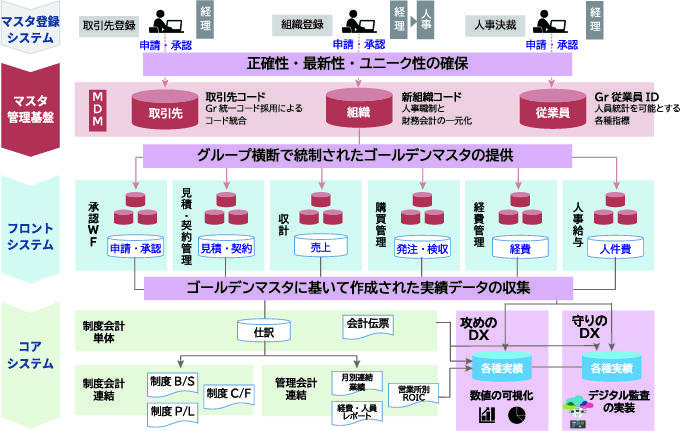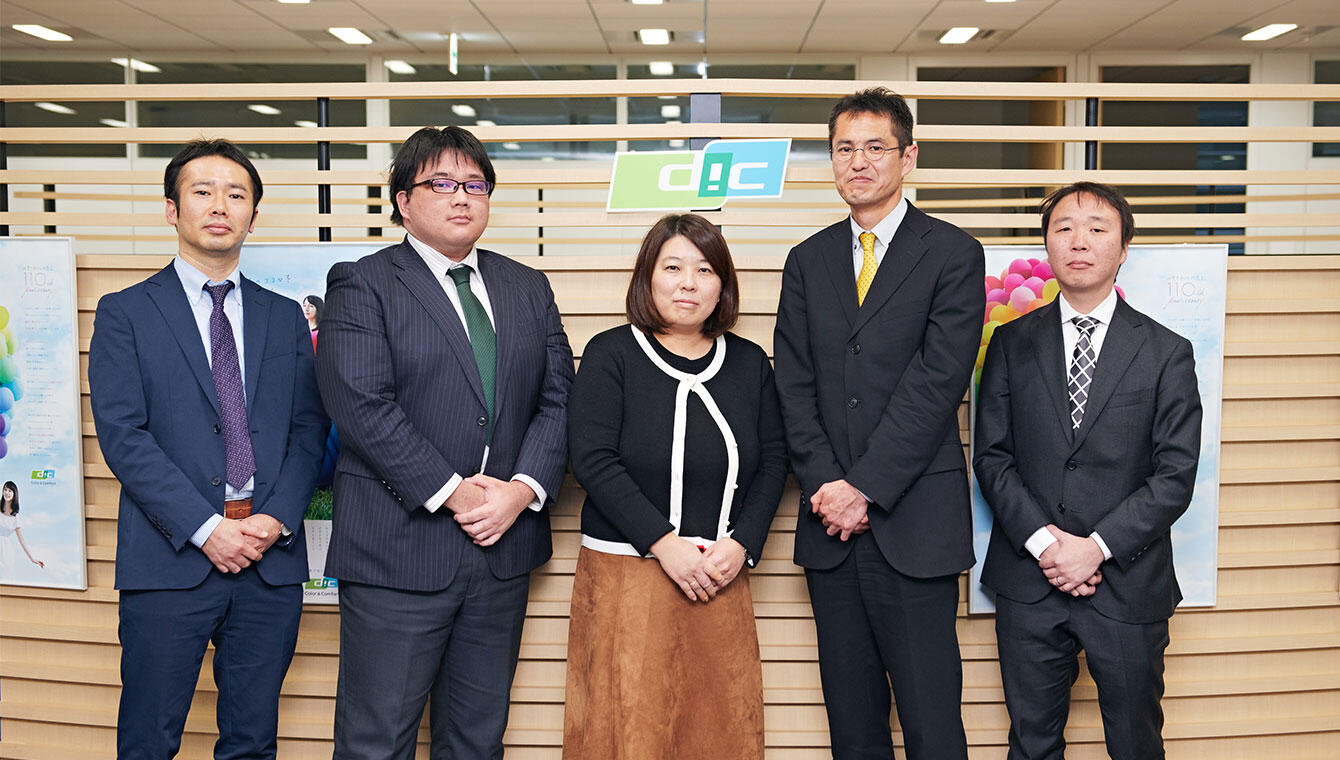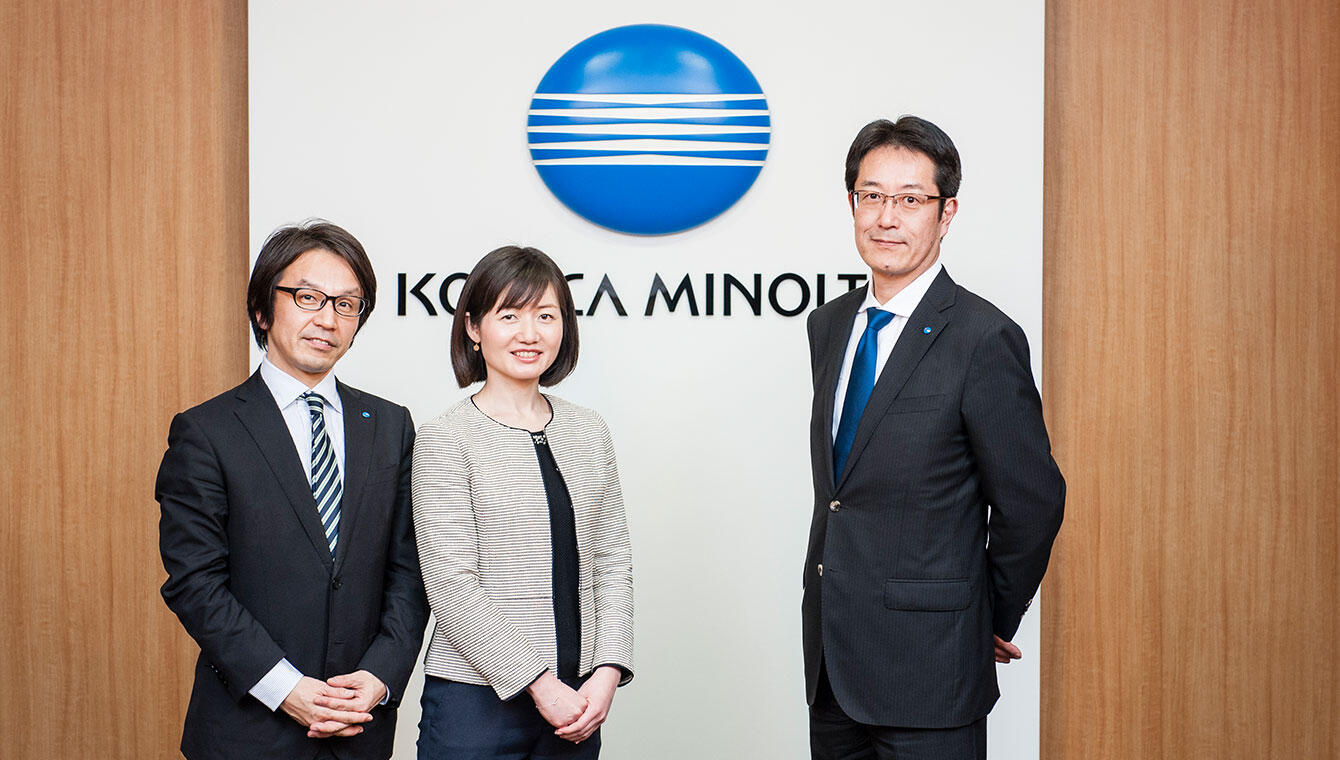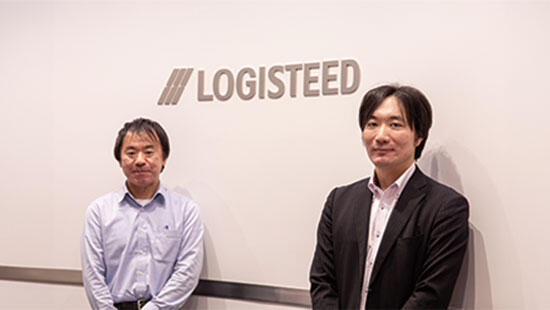Challenges
- Because master data was managed vertically by system, there were issues with the burden involved in utilizing the data and the accuracy of the data.
In addition, as the maintenance deadline for SAP ERP 6.0 was approaching, it was necessary to consider the nature of master data while also taking into account contributions to the formulation of group KPIs, digital audits, and ESG management.
Implemented Products/Solutions
Master data management system implementation consulting
Background of the initiative
Integrate master data created for individual systems, aiming for flexible and rapid data utilization
Logisteed, whose company name is a fusion of the words LOGISTICS, Exceed, Proceed, Succeed, and Speed, is a comprehensive logistics company representing Japan. As of the end of March 2023, the company has 334 bases in Japan and 474 bases overseas, and is engaged in a 3PL (third-party logistics) business that undertakes total logistics operations for client companies' supply chains, a heavy machinery construction business that transports rail cars and industrial machinery, and a forwarding business that combines aircraft, ships, railways, trucks, etc. to provide optimal international transportation.
The company began working on building a master data management (MDM) system in 2020. The aim is to integrate master data that had been accumulated and used in multiple systems, such as accounting and human resources, within the group, and to link this to an offensive DX that allows for an accurate and rapid understanding of the group's performance, such as revenue by major customer or business type, ROIC by sales office, and various personnel statistics, as well as the establishment of a digital audit system, which can be considered a defensive DX.
Reasons for hiring consulting services
Applying know-how gained from business systems to core systems
In addition to its in-house staff, the company requested support from a consulting team made up of Business Engineering and Metafind Consulting *, and began building the MDM system in April 2020.
Shuhei Watanabe, assistant manager of the Corporate Infrastructure Group, Solutions Business Planning Department, IT Infrastructure Headquarters at the company, said, "One of the reasons we were asked to do this was that as a consulting team, the two companies had been supporting the data integration of business systems and the construction of a data utilization platform that had been undertaken in separate departments for some time."
It was also determined that the know-how gained from reviewing the data architecture system and current state of data utilization for the entire data utilization platform provided by both companies, starting with visualizing issues, and standardizing data structures, could be utilized in building an MDM system for core systems.
*Metafind Consulting Co., Ltd.
A consulting firm specializing in data management. They are the only Japanese company to participate in the supervision of the translation of the Data Management Body of Knowledge Guide "DMBOK2". They consider data generated within a company to be an asset, and propose systems and environments that contribute to management and business. URL https://metafi nd.jp/
Project Outline
Identify the benefits of building an MDM system by understanding "As-Is" and defining the "To-Be"
In line with the management's policy, the project was started with the goal of managing the three master data items - organization, employee, and business partner - in a master data management system common to the group. However, the reality was that it was difficult to visualize the specific tasks and outcomes of building an MDM system.
Considering this situation, the project started by reviewing the current state of systems and data utilization and visualizing the issues. The current systems and data flows and data models were brought together to analyze the issues and consider the type of master data required. In the process, the benefits of integrating master data became clear.
Confirming the "As-Is" and identifying issues will lead to defining the "To-Be" image that the company should have. Based on the concept of strengthening group management, the project will focus on themes such as formulating group KPIs, digital audits, and realizing ESG management, and will gradually clarify the steps from formulating group unified codes for organizations, employees, business partners, etc. to building a group MDM system. The consulting team's support was not limited to assistance with formulating architecture images, data models, and unified codes for managing the group's common golden master, but also ranged from creating documents that explained the issues surrounding master formulation in operations such as human resources and accounting.

Corporate Infrastructure Group
Assistant Director Shuhei Watanabe
"In addition to laying the groundwork for building the MDM system, the consulting team was also involved in the project from an educational perspective, helping to improve literacy within the company," says Watanabe.
Results of the Initiative
Possibilities that can be achieved through cross-sectional data utilization: Hopes for the establishment of a digital auditing system
The domestic MDM system platform went live in August 2021, creating an environment for the cross-sectional use of various data within the group.
Previously, complicated tasks such as changing and checking multiple master data were required when changing a client company's account, but now it can be handled simply by updating the integrated master data, and the integration of employee master data that was previously separate for each company has made it possible to perform company-wide talent management, making it possible to realize the potential of using the MDM system. Another success is that, as the granularity of the aggregated data has become more detailed, visualization can now be quickly made at the granularity of each business establishment, rather than the previous corporation level.
The integration of accounting and human resources master data has also led to a movement to establish a digital audit system.
Master data management system for strengthening group management

Future direction
Collaboration between IT and business departments is a catalyst for growth for the company
In July 2022, the company began efforts to deploy the MDM system globally. With a view to strengthening group governance at overseas group companies, the company will introduce the same core system to each company and expand the domestic MDM system construction efforts globally. A pilot project will start at a business company in Malaysia in December 2023, and then the MDM system will be put into operation at each business company in the East Asia region by April 2024.

Management Support Department
Core Systems Group
Assistant Director Yuichi Hosoda
Hosoda Yuichi, assistant manager of the Core Systems Group, Management Support Department, Financial Strategy HQ and one of the project members, said, "When it comes to overseas subsidiaries, there are some high hurdles to overcome, such as the preconceived notion that it is impossible to integrate master data due to the many local requirements that arise from differences in business practices, etc., and the fact that each operating company operates a different core system. However, we are moving forward quickly, using the domestic MDM system as the standard."
When asked what factors led to this project's success, Watanabe said, "The key point is that we were able to move the project forward with a team that included not only the IT department, but also top-down management decisions and business departments." The consulting team not only shared knowledge and transferred skills about data management, which the company did not have, but also played a major role by providing a neutral perspective from both the IT and business departments.
"We are currently working on global expansion and other projects in parallel, so we have yet to see concrete results, but we believe this project is a necessary step for our company's growth and has become a catalyst for that growth," said Hosoda.
Case study company introduction
| Company Name | Logisteed Co., Ltd. LOGISTEED, Ltd. |
| Establishment | February 1950 |
| Head office location | Chuo Ward, Tokyo |
| Business Activities | 3PL (third-party logistics), heavy goods transportation and relocation, and forwarding services |
| Business Locations | 334 locations in Japan, 474 locations overseas |
| Company website | https://www.logisteed.com/jp/ |
*Please note that organization names, positions, numerical data, etc. in the article are based on the time of the interview and may have changed by current viewing.
Related Solutions
Relevant information and case studies based on solutions presented above.
Related Case Studies

NISHIMATSU CONSTRUCTION CO.,LTD.
Data Utilization Infrastructure Development (MDM and BI Environment): Case Study for Promotion of Digital Transformation
Construction/Engineering
Data Management Platform Implementation & Utilization

DIC Corporation
Achieving Advanced Performance Management and Improved Efficiency: Case Study of Building a Consolidated Global Performance Management Infrastructure
Chemical
Data Management Platform Implementation & Utilization

KONICA MINOLTA, INC.
Master Data Management (MDM) System Construction: Case Study Supporting Sophistication of Global Management
Precision mechanical equipment
Data Management Platform Implementation & Utilization

